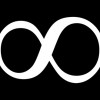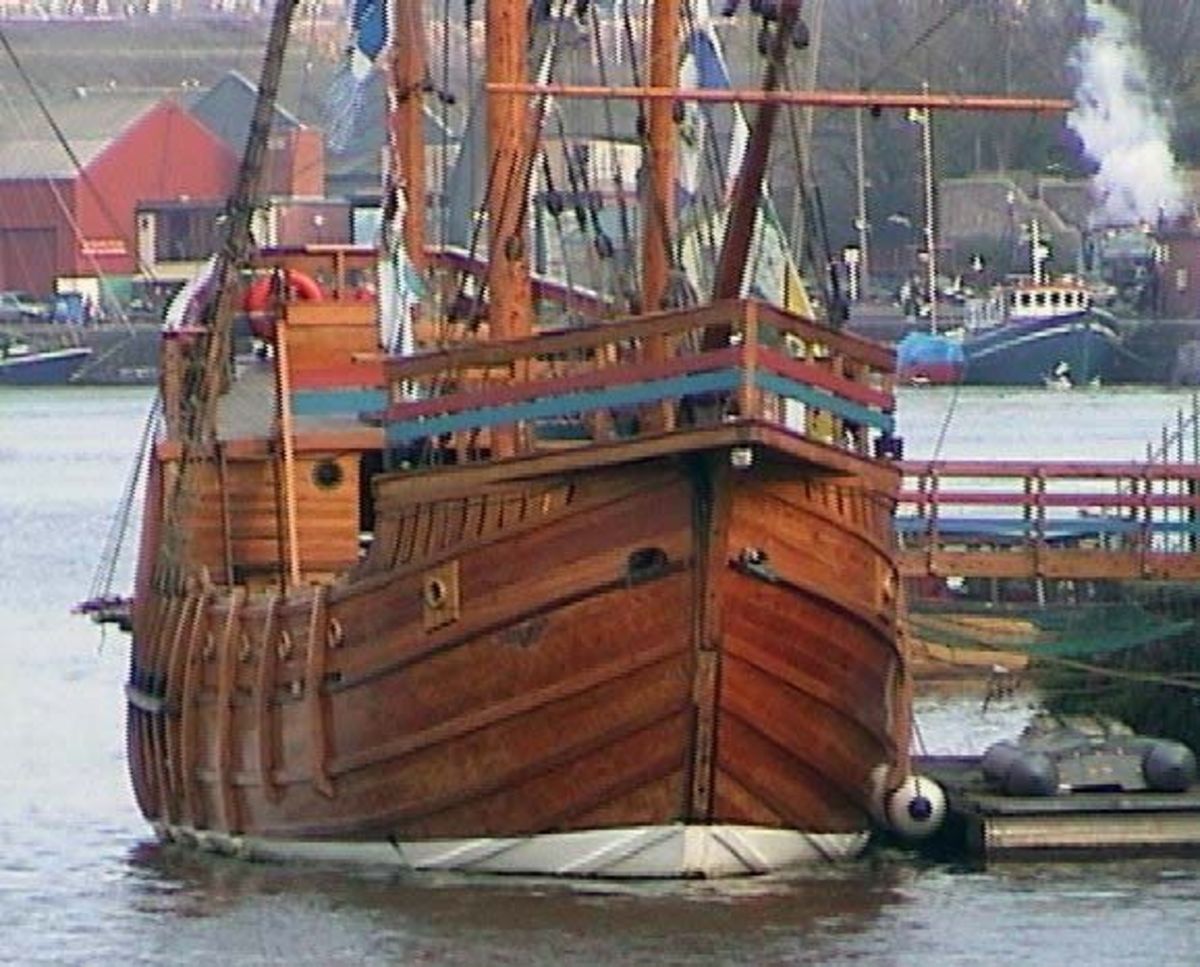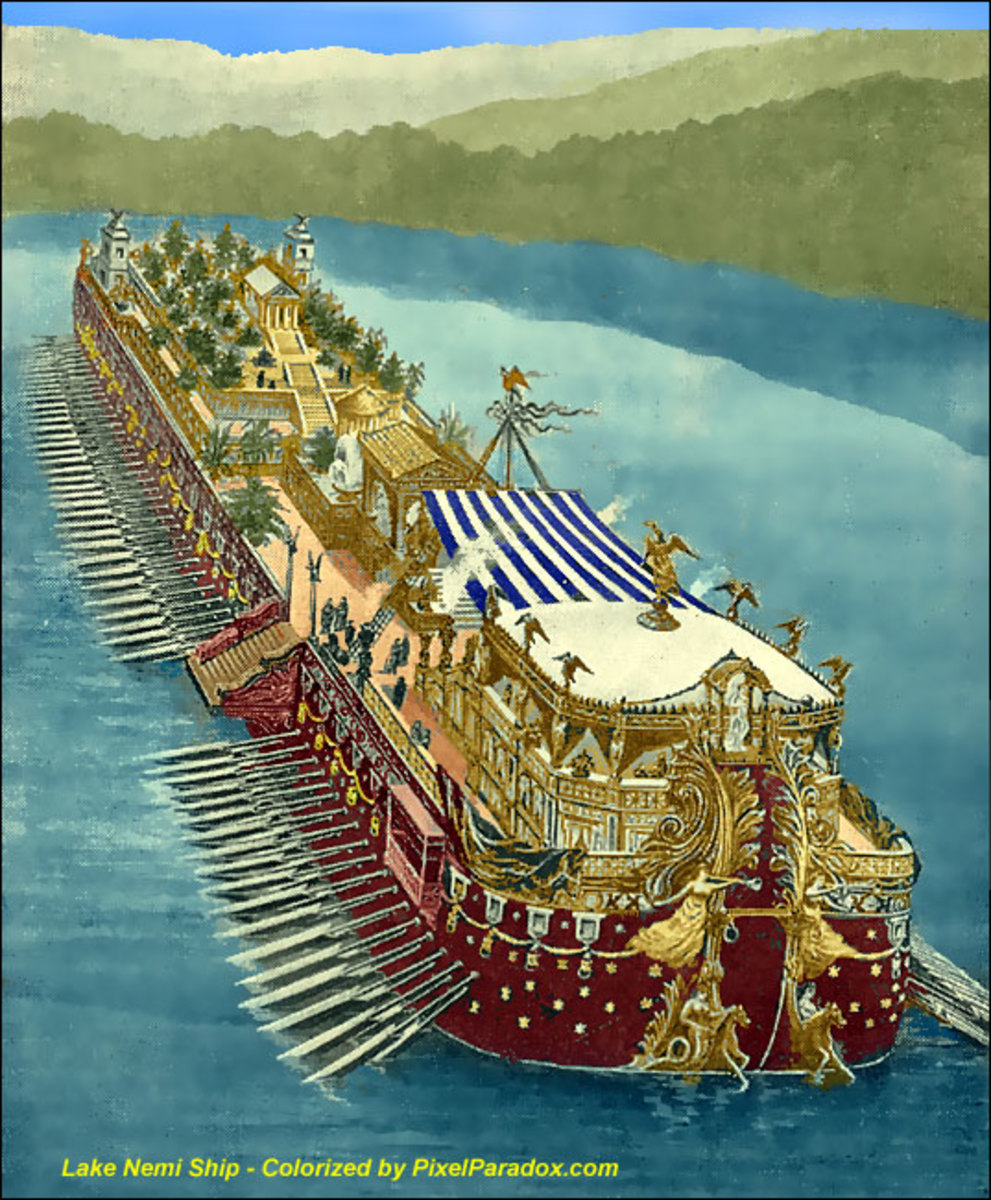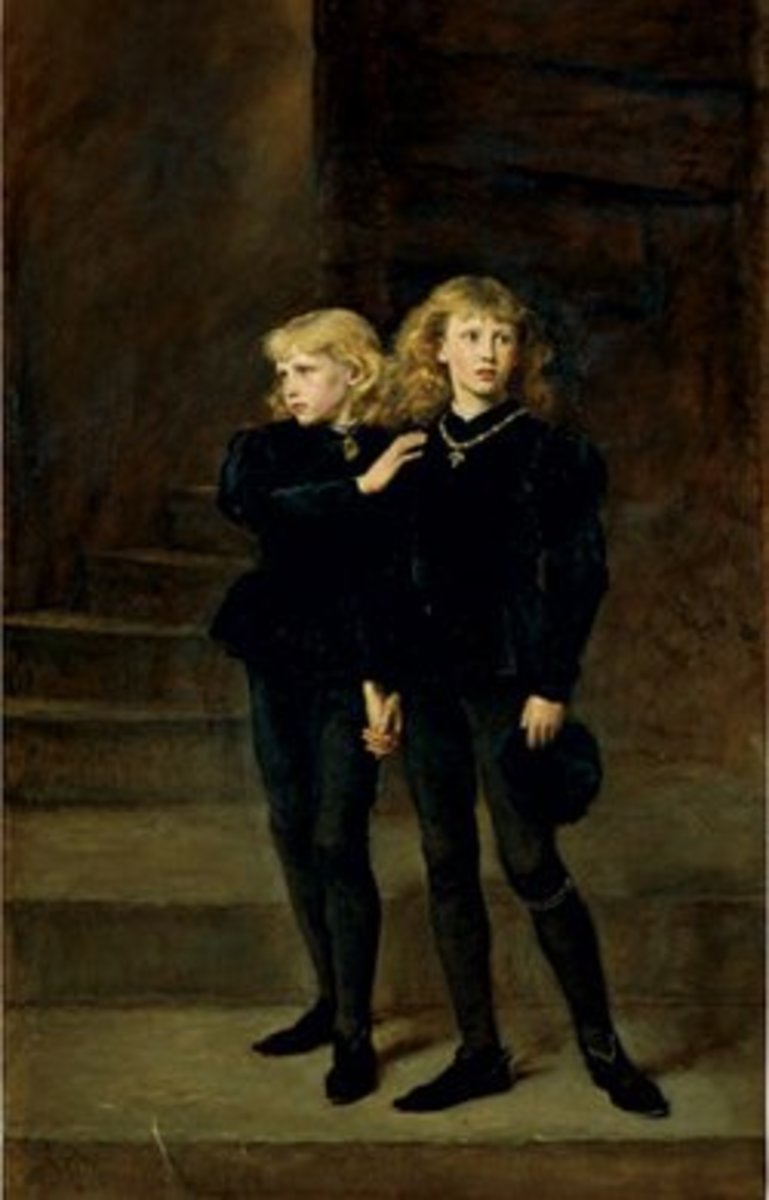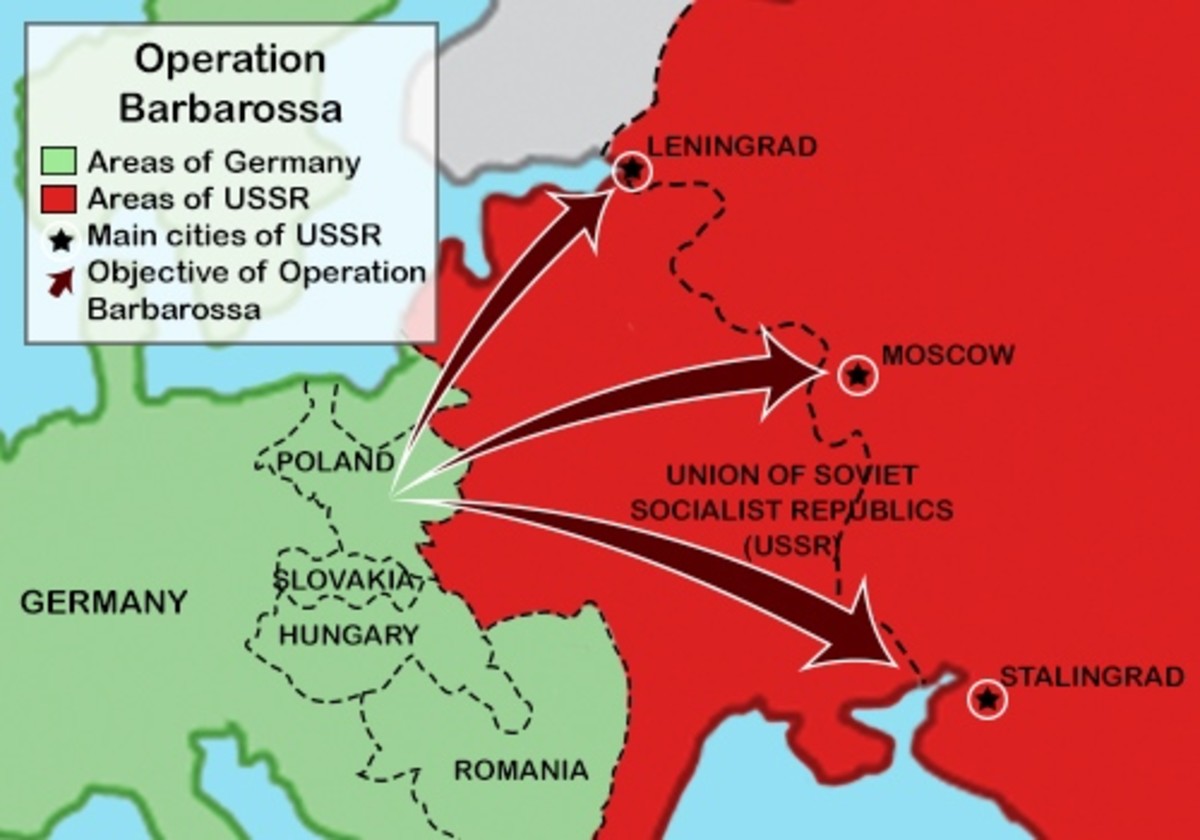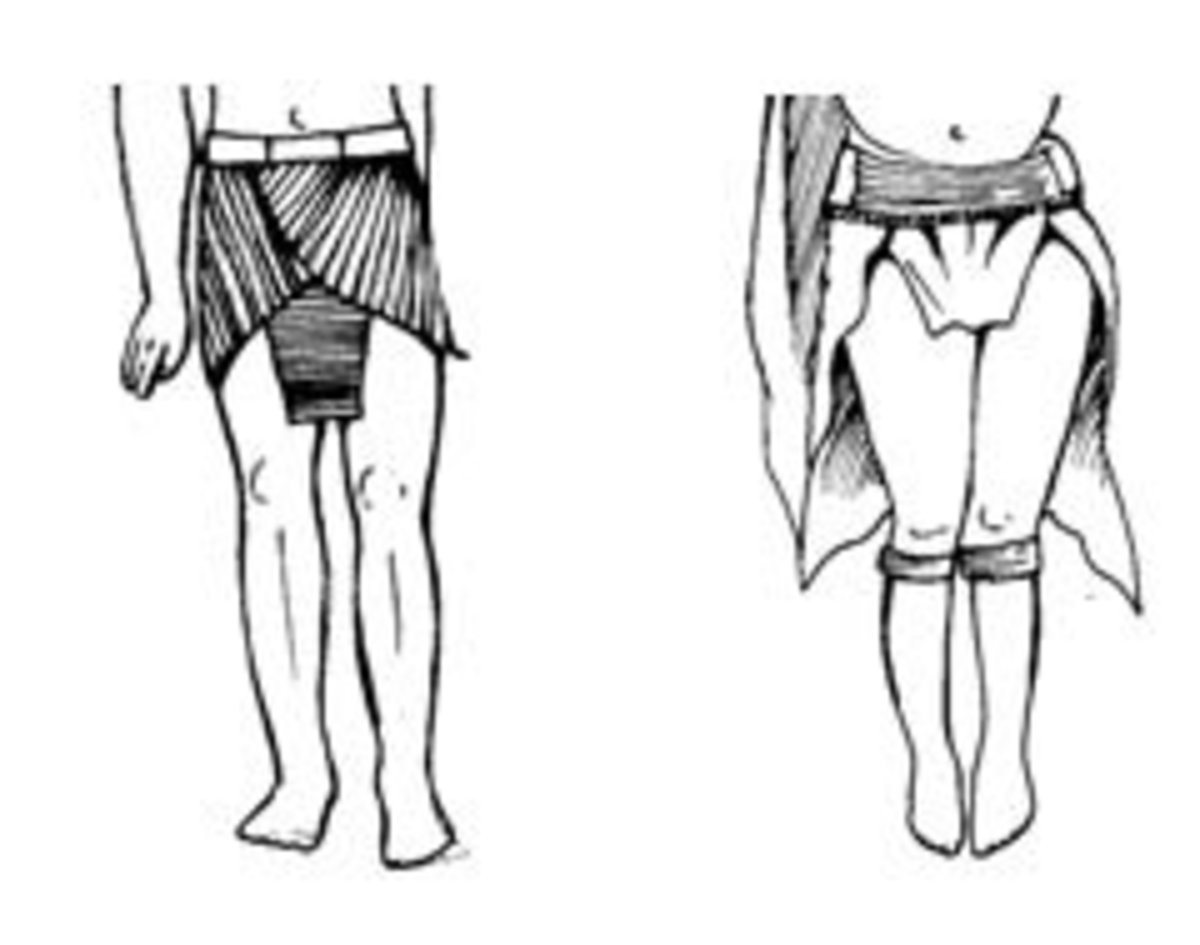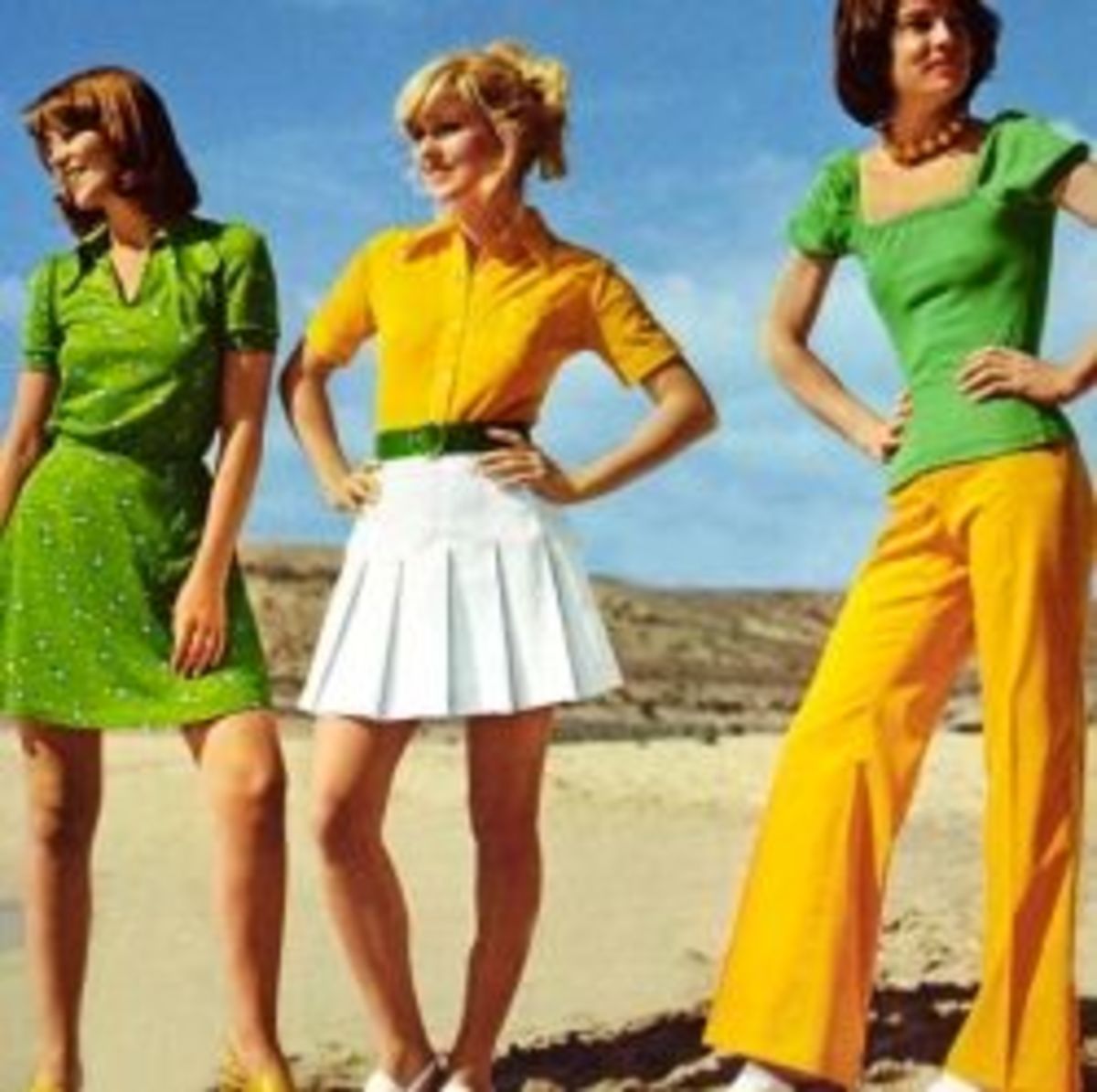John and Sebastian Cabot
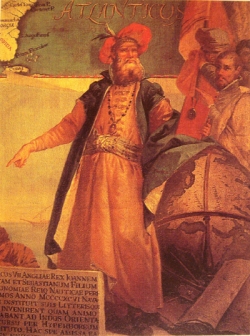
Biography of the Italian Explorers, John Cabot and Sebastian Cabot
It is ironic that while Columbus is considered to be the official discoverer of America - he did not really discover America. He just discovered the islands of the Caribbean.
No!! The REAL discoverer of the Americas (if you ignore the Vikings) were John Cabot and his son Sebastian in 1497 CE - some 5 years after Columbus.
The Cabots discovered the island of Newfoundland as well as the enormous fishing grounds of the Grand Banks, located south of Newfoundland. The Cabots are also said to have discovered Nova Scotia and Cape Breton Island.
Image Source - Wikipedia Commons License - John Cabot in traditional Venetian garb by Giustino Menescardi (1762). A mural painting in the Sala dello Scudo in the Palazzo Ducale, Venice.
John Cabot - the early years
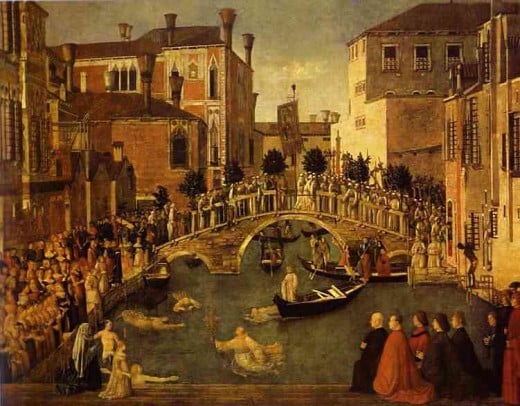
John Cabot was born in Venice Italy around 1450 CE. There are several letters and other documents written by various merchants that mention his name, and that of his sons and his wife. While the English claim that Cabots' son Sebastian was born in England, the evidence suggests that Sebastian and his brothers (Cabot had 3 sons altogether) were all born in Venice.
In the 1480s Cabot seems to have gotten into some sort of financial difficulty and he and Sebastian left Venice. They worked in varuious places aroun Spain first but eventually ended up being commissioned by the English under King Henry VII. In 1496, Henry VII gave John Cabot the job of sailing around North America to find a fast route to Asia.
In May 1497 John and Sebastian Cabot and some 18 to 20 men left the port of Bristol, in England, on one small ship called the Matthew, heading west to find a new route to Asia. Henry VII expected the Cabots to return laden down with gold and other treasures.
Image Source
The Recovery of the True Cross at the San Lorenzo Bridge in Venice by Gentile Bellini, painted appox 1495 CE. This painting is currently located at the Galleria dell'Accademia, Venice, Italy
Cabot Voyage to Canada - 1497
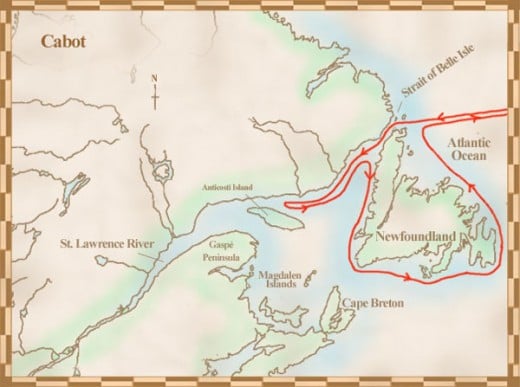
Cabot discovered the Grand Banks fishing grounds, as well as Newfoundland and Cape Breton Island in 1497 - Just 5 years after Columbus discovered the Caribbean Islands.
The Disappearance of John Cabot
If John Cabot brought back any treasures, it was only the treasure of fish and food.
John Cabot and his sponsors organised a second voyage - this one consisting of five ships. One of these ships was outfitted by King Henry VII himself. These 5 ships left Bristol in May of 1499 CE. One of these ships was shipwrecked off the coast of Ireland. The other 4 ships disappeared along with their commander, John Cabot.
None of these 4 ships ever returned nor have they been seen since. No one knows for sure what happened to these ships and crews. Although there has been a ton of speculation over the last 400 years.
Sebastian Cabot
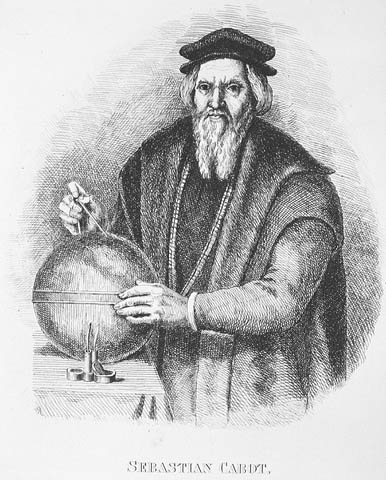
For some reason Sebastian Cabot did not accompany his father on the second voyage, and therefore did not go missing.
In 1508-09 Sebastian lead a voyage to the northern Atlantic, still looking for the mysterious North West passage to Asia, but was forced to turn back due to the extreme cold and ice in the winter.
By 1512, Sebastian was employed as a cartographer at the Greenwich Observatory, near London. In that year. Cabot accompanied another sailor named Hugh Willoughby to Spain. Here Cabot was made a captain by the Spanish King Ferdinand V but nothing is known of any trips he may have taken.
In 1516 after Ferdinand died, Cabot returned to England. He was commissioned by Henry VIII to sail down the Atlantic and explore (and map) the coasts of Brazil and the West Indies. The expedition came under fire at Hispaniola and returned to England, because the Vice Admiral on board (one Thomas Pert) was a coward and was in fear for his life.
In 1522, Sebastian Cabot returned to Spain because the Spanish crews had a much better attitude to exploring and mapping unknown lands. It was an adventure!! By 1525 Cabot had been made a captain general and was commissioned to explore the coast of Brazil and south America and to map the lands covered by the Spanish in the treaty of Tordisellas. But publicly the expedition was claimed to be on the one that would find a faster way to Cathay (China).
The expedition of 4 ships and 200 men left Spain in 1526. Sebastian Cabot marooned several mutineers on an island called Santa Caterina after the ships were becalmed for weeks in the doldrums. Cabot abandoned his mission of mapping the Spanish lands under the treaty when he discovered the Estuary to the Rio Del Plata, and spent several months exploring and mapping that river. He left some of his sailors on the river shore and told them to build a fort. This was called San Salvador - the first Spanish settlement in (what is now) Argentina. He sailed up the Parana river and established another settlement called Espirito Santo (now called Santo).
In 1528 the remaining crews decided to return to Spain - which they did. Cabot had left Spain with 4 ships. By the time he returned to Spain in 1529, he had only ONE ship. He was later charged with disobeying orders, maltreating his crews and causing the deaths of officers under his command. He was fined heavily and banished to North Africa - except that he was never actually banished. He paid the fines, but then returned to England. Cabot tried to return to Venice to work, because Venice was his birthplace, but that did not come to pass.
Back in England, Cabot was given a salary, and a title - that of Great Navigator. He was also made Life Governor of the Guild (or Company) of Merchant Adventurers. He died around 1557.
Image Source - Sebastian Cabot - Wikipedia Commons License
